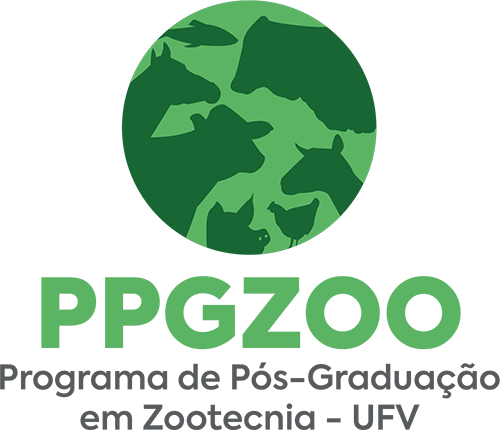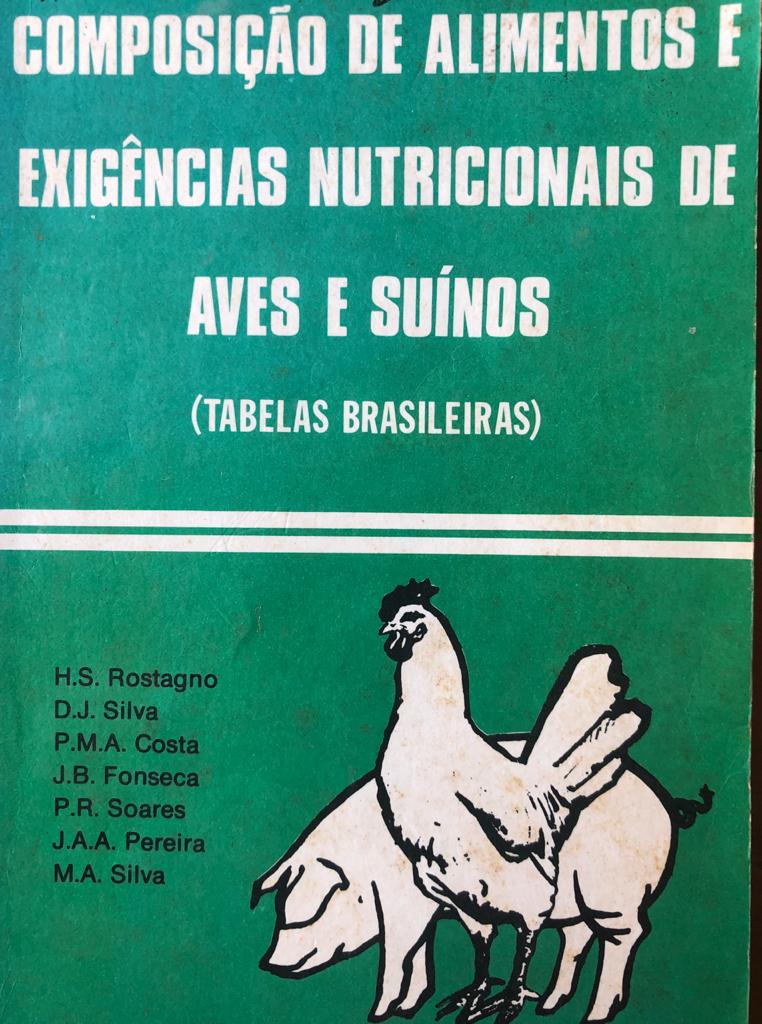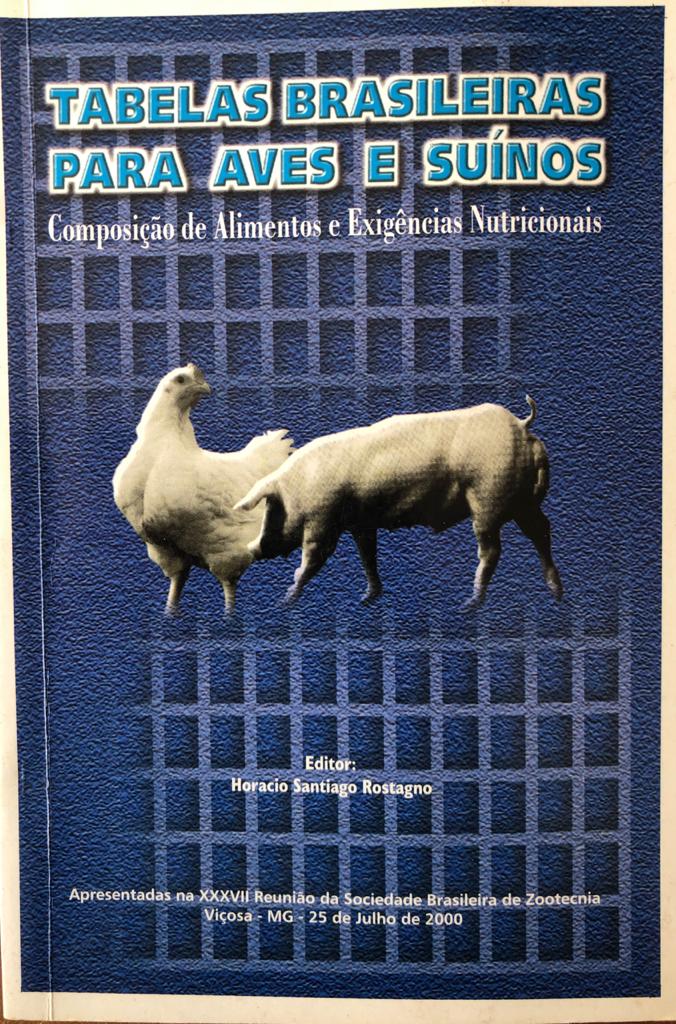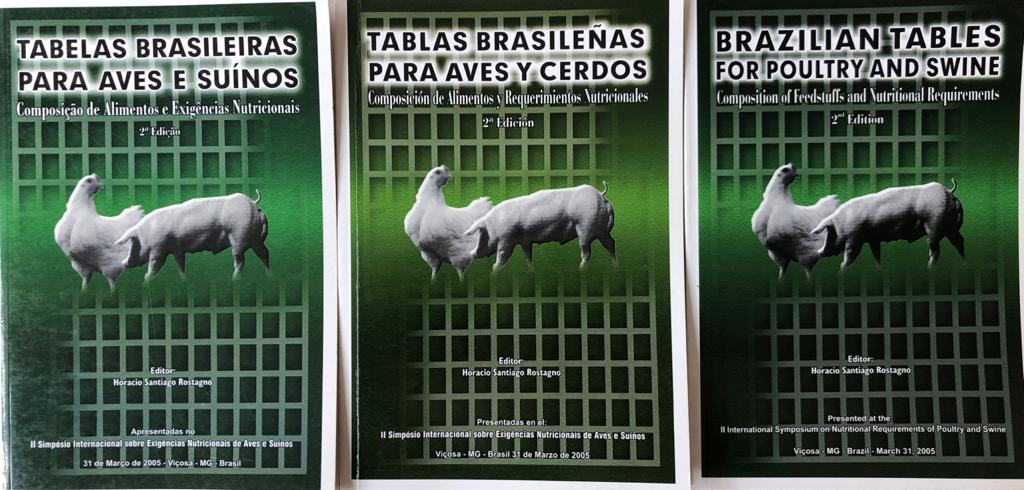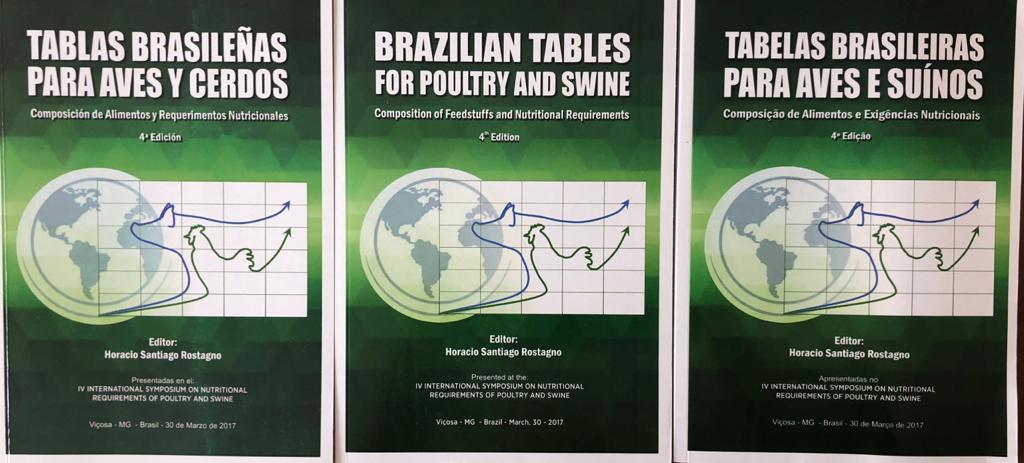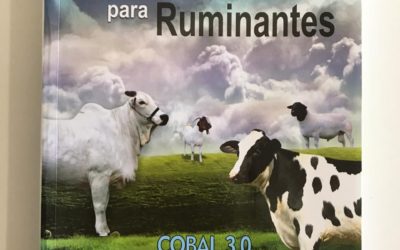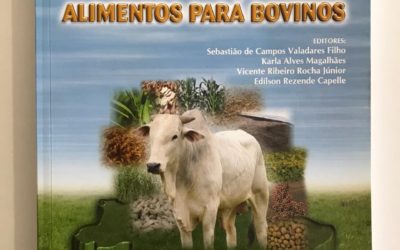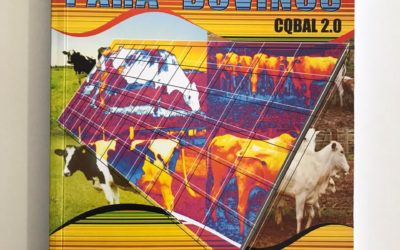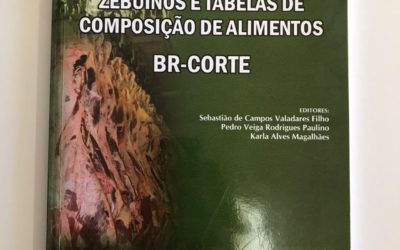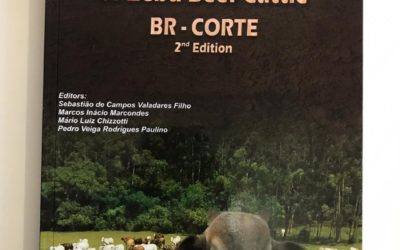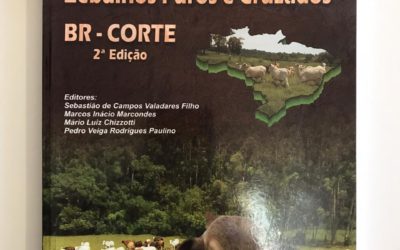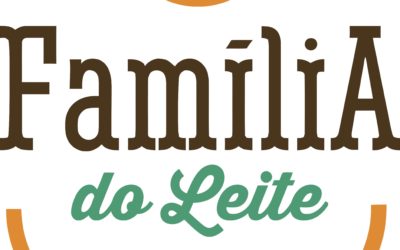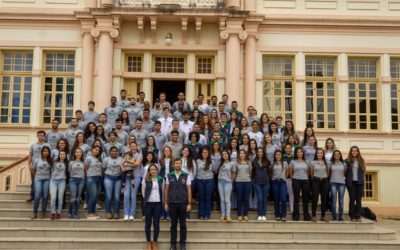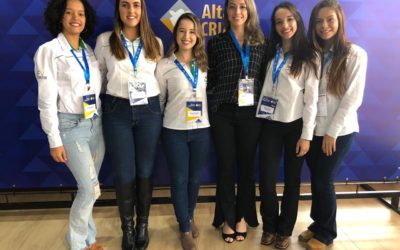Outstanding Products

Brazilian Tables for Poultry and Swine
The Department of Animal Science at Universidade Federal de Viçosa has developed research aiming to elaborate, along with data obtained in other Brazilian research institutions, a feed composition and nutrient requirements table for poultry and swine. Such work enabled the publication of the first Brazilian Tables for Poultry and Swine – Feed Composition and Nutrient Requirements in 1983. Subsequently, the 1st, 2nd, and 3rd Editions of the Brazilian Tables were published in 2000, 2005, and 2011, respectively.
Later, the 4th edition of the Brazilian Tables for Poultry and Swine – Feed Composition and and Nutrient Requirements was released in 2017.
Brazilian Tables of Feed Composition for Ruminants (CQBAL)
The Brazilian Tables of Feed Composition for Ruminants(CQBAL) started with the work of Cappelle (2000), who developed the initial version of a specific software, called CQBAL 1.0. The first printed version of the Brazilian Tables of Feed Composition for Ruminants (CQBAL 1.0) was published in 2002 (Valadares Filho et al., 2002). The second printed version of the Brazilian Tables of Feed Composition for Ruminants (CQBAL 2.0) was published in 2006.
The third edition of the Brazilian Tables of Feed Composition for Ruminants was released in a printed (Valadares Filho et al., 2010) and an online version (http://www.ufv.br/cqbal in Portuguese and in English). The online version has free access and was developed by Valadares Filho, SC and Chizzotti ML in partnership with the Jungle company, through the development of the CQBAL 3.0 software. Instructions of use of the CQBAL 3.0 software are described in Valadares Filho et al. (2010).
In 2015, the fourth printed edition of the Brazilian Tables of Feed Composition for Ruminants was published (Valadares Filho et al., 2015). In 2018, the CQBAL 3.0 software was updated and became the CQBAL 4.0 software (https://cqbal.com.br/#!/). This newst version was developed by Valadares Filho, S.C. and Lopes S.L. in partnership with the Dinni softwares company.
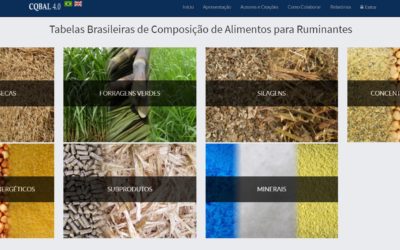
Software CQBAL 4.0
Nutrient Requirements of Zebu and Crossbred cattle (BR-CORTE)
The first printed version of the Nutrient Requirements of Zebu and Crossbred cattle was published by Valadares et al. (2006). Since 2008, all the research involved at development of the Nutrient Requirements of Zebu and Crossbred cattle has been supported by CNPq’s National Institute of Science and Technology in Animal Science (INCT-CA). In 2010, the Nutrient Requirements of Zebu and Crossbred cattle was updated and also expanded with the development of the BR-CORTE 1.0 software. In 2012, the BR-CORTE software was updated (BR-CORTE 2.0) and published online in Portuguese and English languages.
The BR-CORTE 3.0 software was developed in 2016, the same year in which the third printed edition of the Nutrient Requirements of Zebu and Crossbred cattle was published, in Portuguese and English languages (Valadares Filho et al., 2016). The BR-CORTE 3.0 software formulates diets and predicts the growth performance of beef cattle.
Nowadays, the BR-CORTE software is undergoing a major update, which will be called BR-CORTE 4.0 and become available in Portuguese and English versions: (http://www.brcorte.com.br). In addition, two mobile software applications will be also released (IOS and Android operating systems). The BR-CORTE has shown a high number of online accesses. In this system, the beef cattle producer can formulate suitable diets and also evaluate several economic indicators.
Software for formulating diets and performance prediction of beef cattle (BR-CORTE 3.0)
In 2016, a software was developed to formulate diets and predict the performance of beef cattle (BR-CORTE 3.0). It is available online in English and Portuguese languages at: https://v3.brcorte.com.br/br/.
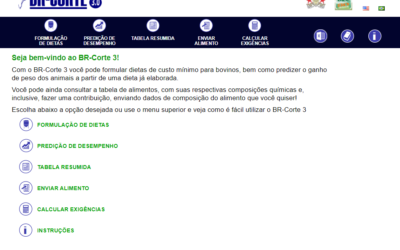
Software BR-CORTE 3.0
Methods for Feed Analysis
This manual was published by Detmann et al. (2012). This first version included some standard laboratory procedures for feed analysis.
Milk family
Família do Leite is a technical, scientific and technological training program for dairy cattle created in 2012 by the Department of Animal Science at UFV (DZO / UFV). Animal Science, veterinary medicine, agronomy, and agribusiness undergraduate students can participate of this training program. Students are admitted through a admission process and this program is divided into 3 stages.
The first stage lasts 1 semester and is focused on routine tasks within a dairy farm.Beyond the hands on activities, students also receive theoretical training. Then, the best students are approved for the second stage.
In the second stage, students perform technical activities within the UEPE-Gado de Leite, being responsible for activities such as: AI, FTAI, pdiet formulation, feeding, application of bST and medicines, calves’ general care, milking, and cost management.
In the third stage, students must choose 1 out of 5 program options: 1) Família do Leite Tech (there are already 2 startups created by students: Volutech – winner of IDEAS FOR MILK 2019 and Nutrisolver), 2) Research, 3) Junior Consulting, 4) Technician or 5) Família do Leite International (exchange period).
Dozens of students have already gone through the Program and are now in the market. In addition, we serve dozens of milk producers in the Viçosa region. In research, students can carry out experiments and write and publish scientific articles. Professor Polyana Pizzi Rotta is the Program’s coordinator. The program has also the participation of Professor Marcos Marcondes (DZO), Prof essor Marcel Ferreira (DVT) and Professor Artur Kanadani (DVT).
Patents applications
1- SOARES, T. F. ; CAVALCANTI, L. F. L. ; RIBAS, M.N. ; Chizzotti, M. L. ; ASSIS, GUTIERREZ J.F. ; MENDES, A. L. C. . Sistema de monitoramento de animais e determinação do acabamento e musculosidade a partir da aquisição de imagens voluntárias pré-abate do animal. 2017, Brasil.Patente: Privilégio de Inovação. Número do registro: BR10201701828, título: “Sistema de monitoramento de animais e determinação do acabamento e musculosidade a partir da aquisição de imagens voluntárias pré-abate do animal” , Instituição de registro: INPI – Instituto Nacional da Propriedade Industrial. Depósito: 25/08/2017
2-MARCONDES, MARCOS INACIO; MACHADO, W. S. . Retentor de Partículas e Processo de Retenção de Partículas e Determinação de Matéria Seca. 2016, Brasil.Patente: Privilégio de Inovação. Número do registro: BR 10 2016 0217377, título: “Retentor de Partículas e Processo de Retenção de Partículas e Determinação de Matéria Seca”, Instituição de registro: INPI – Instituto Nacional da Propriedade Industrial. Depósito: 26/09/2016
3-ESTRADA, G. R. D. ; QUINTAO, I. R. ; PEREIRA, D. L. ; SILVEIRA FILHO, S. C. ; FERNANDES, V. P. ; ROTTA, P. P. . Monitor de tanques de resfriamento de leite com conexão à internet. 2019, Brasil. Patente: Privilégio de Inovação. Número do registro: BR1020190231009, título: “MONITOR DE TANQUES DE RESFRIAMENTO DE LEITE CO CONEXÃO À INTERNET” , Instituição de registro: INPI – Instituto Nacional da Propriedade Industrial. Depósito PCT: 01/11/2019
